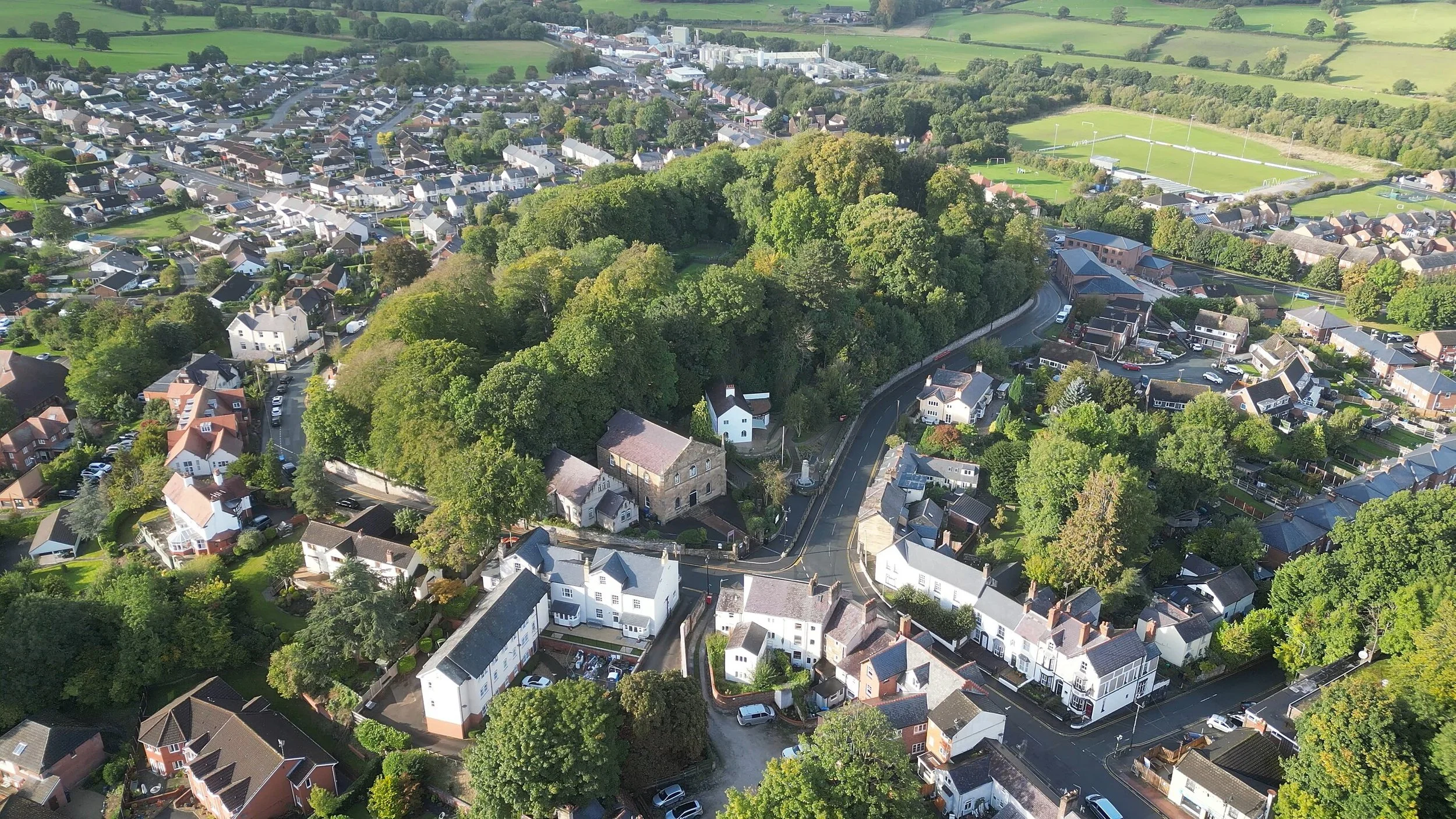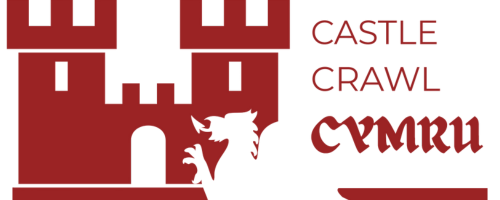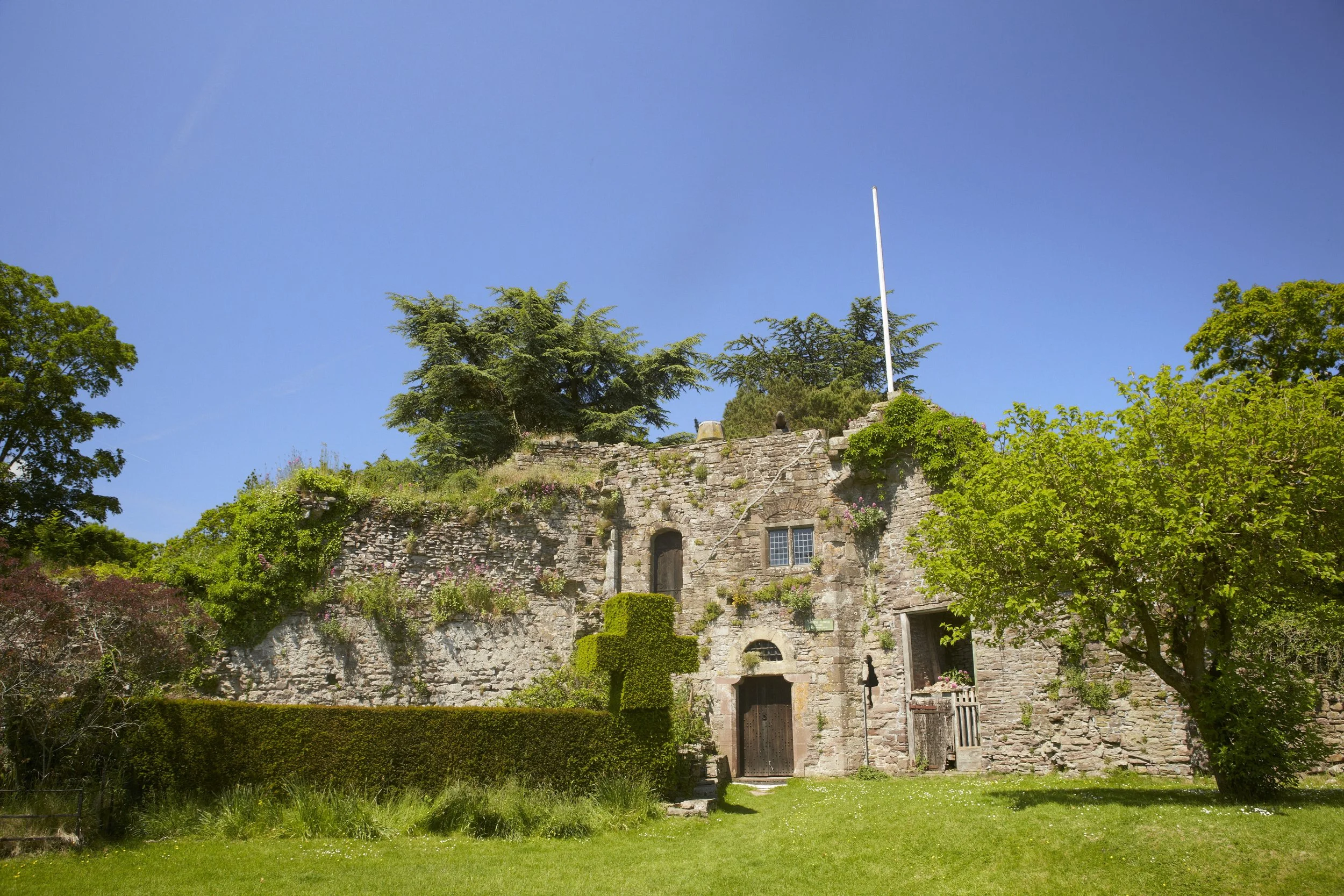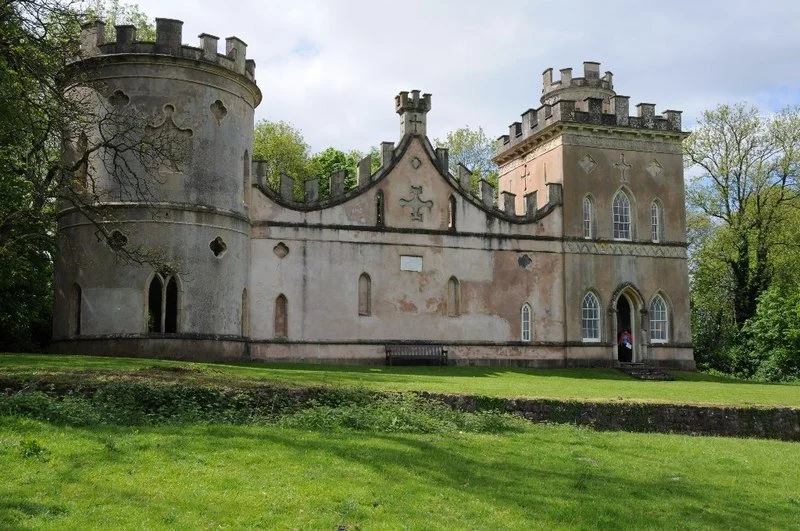Mold Castle | Visit Amazing Welsh Castles
Mold Castle is a medieval motte-and-bailey site in Flintshire, North Wales. Though only earthworks remain today, the site once held strategic value during the Norman conquest of the region.
It overlooks the Alyn Valley and was originally established to control the local Welsh population during the 12th century. While no stone structures survive, the castle mound remains a visible part of Mold's public park and offers insight into early medieval fortification methods in Wales.
Quick Facts
Type: Motte-and-bailey castle
Built: c. 1072
Founded by: Norman lord Robert de Montalt
Materials: Earth and timber
Current condition: Earthwork remains only
Public access: Yes, part of Bailey Hill public park
Heritage status: Scheduled Monument
Location: Mold, Flintshire, North Wales
Grid reference: SJ 23420 64090
Brief History
Mold Castle was established by the Normans around c. 1072, likely under the command of Robert de Montalt, a follower of Hugh d’Avranches, Earl of Chester. It was built during the Norman expansion into North Wales, as part of efforts to subdue local Welsh resistance and assert control over the borderlands.
The castle followed the motte-and-bailey design, common among early Norman fortifications. A wooden keep would have stood atop the motte (mound), while the bailey (courtyard) was enclosed by a timber palisade and ditch. These structures served both defensive and administrative functions.
Although Mold Castle never became a major military fortress, it played a role in the power struggles between the Normans and native Welsh princes. Control of the site shifted several times, particularly during uprisings led by Welsh leaders such as Owain Gwynedd in the 12th century.
By the late medieval period, the castle had lost its military relevance and gradually fell into disuse. Its timber structures decayed, leaving only the earthworks visible today. In the 18th and 19th centuries, the site became a landscaped public space, now known as Bailey Hill.
Features and Layout
Mold Castle followed the typical motte-and-bailey design. This layout included two key components:
Motte: A large artificial mound, still visible today. It would have supported a timber keep, offering a raised defensive position.
Bailey: A lower enclosed area adjacent to the motte. This space would have contained timber outbuildings, stables, and living quarters.
The site was surrounded by a defensive ditch and a wooden palisade. Over time, natural erosion and later landscaping reduced visible features. Today, the motte remains the most prominent part of the site. Paths around the mound reflect its former layout, and recent community projects have added interpretation panels.
Did You Know?
In 1890, workmen uncovered a stone-lined grave on Bailey Hill, believed to be from the early medieval period. It predates the castle and may indicate an earlier religious or settlement site.
The ground surface still shows signs of historical wear. Some original paths and levels are visible due to erosion from foot traffic and weather.
Images



Legends and Stories
Local tradition claims that Mold Castle was haunted by a woman in white. According to residents cited in community oral histories, sightings were common during the early 20th century. However, no specific historical figure has been linked to this legend.
Another long-standing story involves the discovery of the Mold Gold Cape in 1833. Although the cape was found at Bryn yr Ellyllon, near Mold, not on the castle grounds, some early theories connected it to the hill. The name “Bryn yr Ellyllon” translates as “Hill of the Fairies” or “Hill of the Goblins,” leading to speculation about the area's spiritual or mystical associations. This theory has since been discounted by archaeologists, but the legend persists in local storytelling.
Source of stories: These accounts are mentioned in local guides and oral history projects such as the Bailey Hill Project and town council publications. Some references to the "lady in white" legend appear in visitor comments on Google Reviews and local heritage trail leaflets.
Visiting
Bailey Hill, often referred to as Mold Castle, is open to the public free of charge as a public park. Access to the motte and earthwork remains is unrestricted and available 24/7.
Bailey Hill Centre
The visitor centre at the top of the hill is typically open 11:00 am to 2:30 pm on weekdays, when staffed by volunteer guides.
Inside you’ll find interpretation panels, film footage, and information about the site’s history.
Public toilets with full disabled access are available in the centre.
Facilities & Directions
Entry is free. No ticket is required.
No café or food services on site; town centre shops and cafés are within short walking distance (~500 m).
Parking: Public pay-and-display spaces at Griffiths Square (CH7 1DJ) are closest (a few minutes’ walk). Coach parking available at New Street Car Park. No parking on site.
Public transport: Mold Bus Station is ~400 m from Bailey Hill. Buckley train station is ~4.2 miles away. Regular bus service from Chester train station.
Access & Layout
The main entrance is beside the cenotaph at the top of High Street, opposite St Mary’s Church.
Paths around the site follow the original bailey boundaries. The motte is the most prominent feature.
The Gorsedd Stone Circle, created for the National Eisteddfod of 1922–23, stands near the motte and is clearly marked on site.
Nearby Attractions
Here are several places of interest within a short drive or walk of Mold Castle (Bailey Hill):
Mold Market
One of the largest street markets in North Wales. Held on Wednesdays and Saturdays, it fills High Street with stalls selling local produce, crafts, and goods.
St Mary’s Church
A fine parish church built in the late 15th century by Margaret Beaufort. Its churchyard contains the tomb of landscape artist Richard Wilson. Located just opposite Bailey Hill.
Theatr Clwyd
A leading regional theatre offering plays, music, and cultural events. Situated near County Hall on the edge of Mold.
Flint Castle
Located around 10 miles north, this 13th‑century stone fortress was built by Edward I. Entry is free and the riverside ruins are easily accessible.
Greenfield Valley Heritage Park / Basingwerk Abbey
Around 6 miles away, this 70‑acre park features industrial heritage, walking trails, lakes, and the remains of the 12th‑century abbey.
Wepre Country Park and Castell Ewloe
Roughly 5 miles from Mold, this woodland park has waterfalls and the ruined Castell Ewloe, set in a natural landscape.
Moel Famau and the Clwydian Range
A scenic hill walking destination, with lofty views and the Jubilee Tower trail. A popular choice for nature lovers.
Visitor Tips
Entry is free and the site is always open – no need to book.
Use Griffiths Square Car Park (CH7 1DJ) for easiest access.
Some paths are steep or uneven – check accessibility before visiting.
Public toilets are in the visitor centre (when open).
Dogs are welcome but must be on leads.
No café onsite – bring snacks or visit nearby Mold High Street.
Wear suitable footwear for grassy and sloped terrain.
Good spot for photos – especially near the motte or Gorsedd Stones.
The site is quieter midweek and in the early morning.
Combine your visit with a show at Theatr Clwyd, ~10 mins walk away.
FAQs
-
Only the earthworks survive. The motte (mound) is clearly visible, along with the bailey area. No stone structures remain.
-
Yes. “Bailey Hill” is the local name for the motte-and-bailey castle site in Mold. It is the same location.
-
Yes. Dogs are allowed but must be kept on leads, as the site is a public park.
-
No. Entry to Bailey Hill/Mold Castle is free. It is open to the public at all times.
-
Not regularly. The visitor centre sometimes hosts volunteers who offer information, especially during events. Pre-booked group visits can request a tour.
-
Most visitors spend 30–60 minutes walking around the site and reading the information panels.
-
Mold Bus Station is around 400 metres away. There are regular bus services from Wrexham, Chester, and Flint.
Wrapping it Up
Mold Castle, known locally as Bailey Hill, is a well-preserved example of an early Norman motte-and-bailey site. Though no original buildings remain, the earthworks offer a clear impression of the site’s medieval structure and strategic use. As part of a public park in the centre of Mold, it is easily accessible, free to visit, and supported by community efforts to preserve its legacy. The addition of interpretation panels and a small visitor centre enhances its educational value, making it a useful stop for those exploring the Norman footprint in North Wales.
Sources
Mold Castle – Wikipedia
Provides a historical overview, including Norman origins, builder (Robert de Montalt), later history, and current condition.
https://en.wikipedia.org/wiki/Mold_Castle
Mold Castle – Coflein (RCAHMW)
Details the earthwork remains, motte height, bailey arrangement, and possible evidence of stonework.
https://coflein.gov.uk/en/site/307119
Mold Castle – Castle Wales
Summarises the castle's structure, captures by Owain Gwynedd, and references to royal activity in the 12th century.
https://www.castlewales.com/mold.html
Curious Clwyd – Mold Castle
Explores regional legends, origin theories, and Mold’s significance in Norman–Welsh conflict.
https://www.mythslegendsodditiesnorth-east-wales.co.uk/mold-castle
Flintshire Council – Bailey Hill Project Update
Outlines the site’s status as a Scheduled Monument and covers 19th–21st century parkland development.
https://committeemeetings.flintshire.gov.uk/documents/s41859/Enc.%202%20for%20Bailey%20Hill%20Project%20Update.pdf
Deeside News – Bailey Hill Restoration
Covers recent conservation and community engagement to enhance visitor access and education.
https://www.deeside.com/molds-bailey-hill-from-overgrown-land-to-a-window-into-norman-history
TripAdvisor – Bailey Hill Reviews
Provides insights into visitor experiences, public access, and general feedback on site conditions.
https://www.tripadvisor.com/Attraction_Review-g551993-d3854100-Reviews-Bailey_Hill-Mold_Flintshire_North_Wales_Wales.html




Cardiff Castle is a medieval and Victorian-era site in the centre of Cardiff, the capital of Wales.